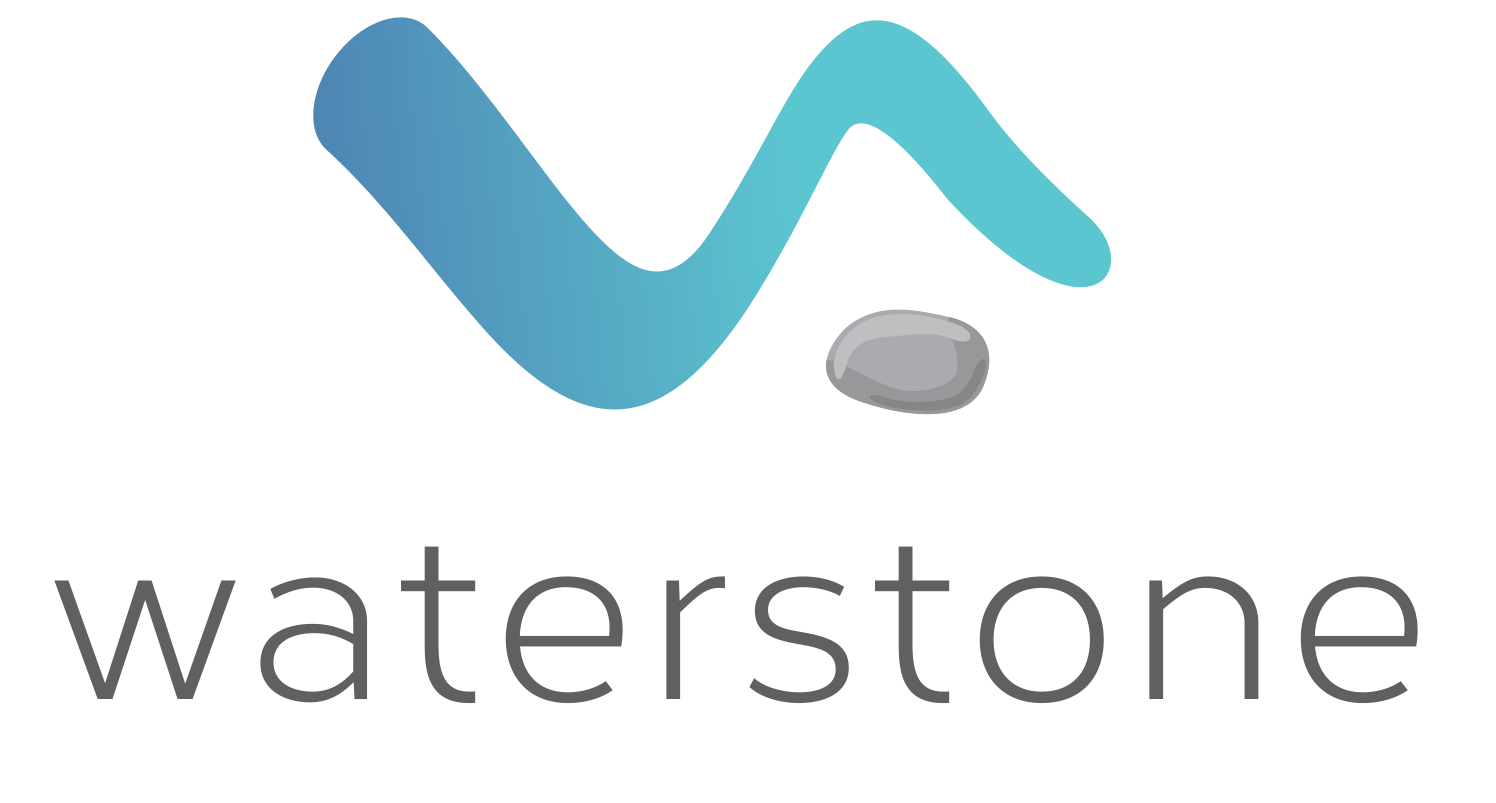An overdrawn current account occurs when shareholders or directors withdraw more money than they have put into the company. This often happens when companies face financial difficulties, yet shareholders or directors continue to rely on the company’s funds as their primary source of income. Such accounts are recorded as debts owed to the company and listed as assets on the company’s financial statements.
The recent case of Innovate Civil and Construction Limited v Hayes [2024] NZHC 1012 underlines the critical distinction between “drawings” and “salary” in managing shareholder or director current accounts. The director of Innovate was found liable for $154,894.27 in overdrawn funds. The High Court ruled in favour of the liquidator, determining that the payments to Hayes, labelled as drawings and irregular salary payments, were not authorised as salary due to the absence of a formal employment agreement and were not authorised in accordance with the Companies Act 1993.
Consequently, these payments were classified as drawings, making Hayes responsible for repaying the amount, along with interest and legal fees. This case highlights the financial risks and legal implications of improperly managing shareholder or director current accounts. Properly distinguishing between drawings and salary, and ensuring accurate and authorised payments, can safeguard severe financial and legal consequences.
By maintaining clear and compliant financial practices, companies can better navigate the complexities of their fiscal responsibilities and protect their shareholders and directors from potential liabilities.
Read the full judgement below:
Innovate Civil and Construction Limited (in Liquidation) v Hayes [2024] NZHC 1012
